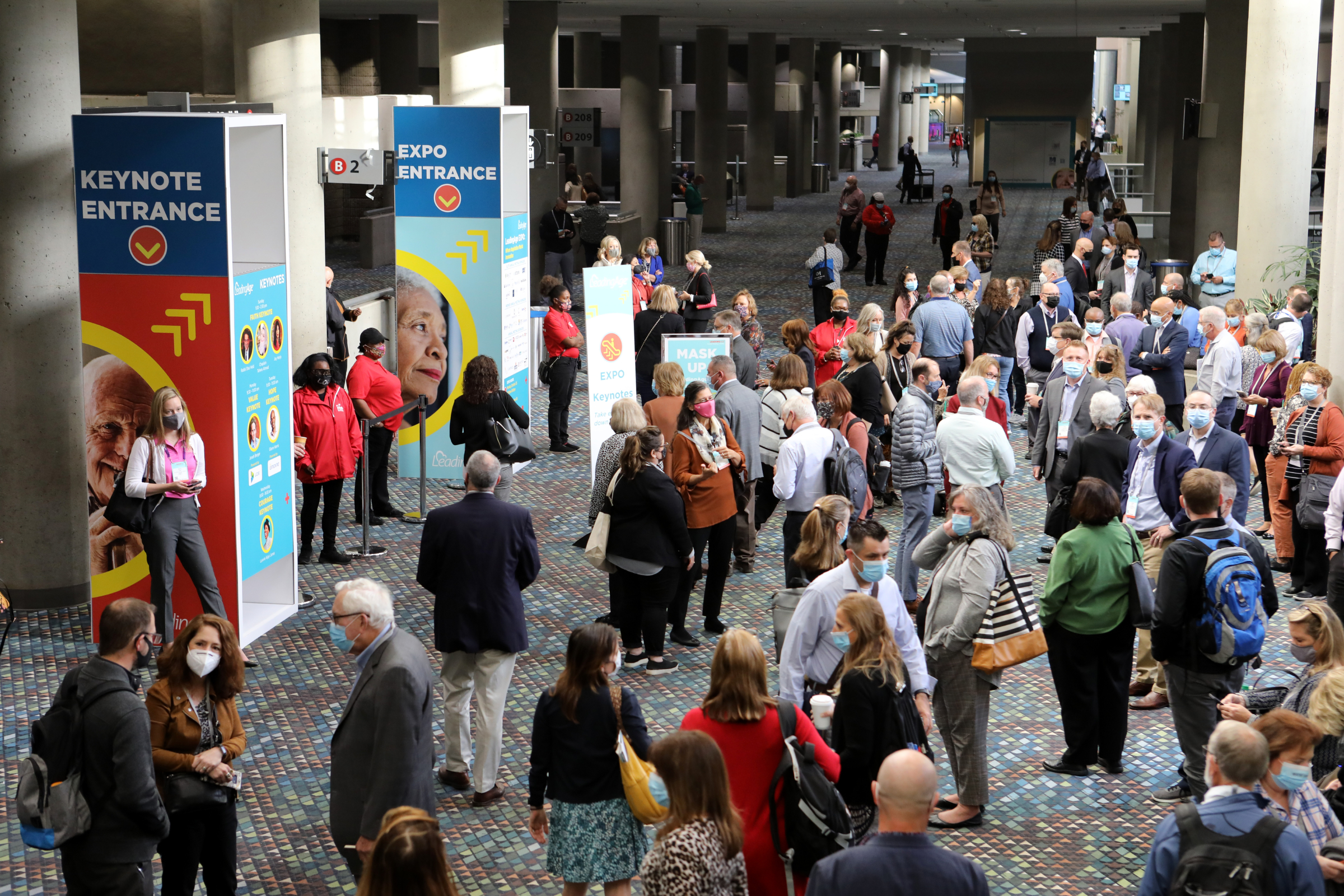Workforce: House Committee on Education & Labor Examine DOL Priorities, and Highlight the Release of the OSHA Workplace Rules
The House Education and Labor Committee held a June 9, 2021, hearing titled, “Examining the Policies and Priorities of the U.S. Department of Labor (DOL).” Secretary of Labor Marty Walsh, the hearing witness, reflected on how the Biden Administration will respond to the COVID-19 pandemic, and how the American Jobs Plan (AJP), the American Families Plan (AFP) and further details included in the President’s fiscal year (FY) 2022 federal budget impacts workforce development programs, and how as a nation, we should sufficiently invest in our workforce infrastructure.
Secretary Walsh said in his testimony and opening statement, “The President recognizes the critical role workforce development plays in strengthening our economy and increasing our competitiveness on the world stage. That is why he has proposed a historic investment of $100 billion over 10 years in workforce development, much of it dedicated to building the capacity of our current workforce system.” These investments, outlined in the AJP, would build on the federal apprenticeship system and through the Workforce Improvement Opportunity Act (WIOA) funding.
Prior to the Committee’s hearing, LeadingAge urged House Committee on Education and Labor Chairman Bobby Scott (D-VA), to elevate support for workforce challenges that are impacting aging services providers. LeadingAge also asked the Chairman to encourage the DOL to address needed investments in the direct care workforce and initiatives that would increase employer partnerships to support apprenticeships with aging services providers.
Multiple lawmakers spoke about an excessive demand for workers within their congressional district, and how the $300 enhanced federal unemployment insurance benefits, provided during the COVID-19 pandemic, have contributed to the shortage. Secretary Walsh, and most Democrats on the Committee, stated the workforce shortage is the result of a “complicated mix of factors” including scenarios where schools that are hybrid, lack of adequate child care, medical reasons and generally supporting their livelihood during a pandemic, should also be taken into account.
Representatives Jamaal Bowman (D-NY) and Pramila Jayapal (D-WA) joined in raising visibility on the importance of DOL working with the Centers for Medicare and Medicaid Services (CMS) to implement the AJP’s proposal to invest $450 billion in Medicaid home and community-based services (HCBS) to strengthen the caregiving workforce, and how it would transform our nation’s caregiving jobs into sustaining occupations with higher wages and benefits, especially for the Black women, other women of color, who disproportionately make up the caregivers workforce. They also referenced the “Care for All Agenda,” a Congressional resolution they sponsored, along with 28 of their colleagues, to expand and strengthen the care economy and improve conditions and compensations for care workers.
The hearing also provided Secretary Walsh with an opportunity to address long-awaited workplace protections for COVID-19 from the Occupational Safety and Health Administration (OSHA). Walsh told the Committee the anticipated rules, would be released on June 10, 2021. The rules qualify as Emergency Temporary Standards (ETS), would be scaled back, to only apply to health care settings rather than to a broad range of employers. He cited the pace of vaccinations and the latest Centers for Disease Control and Prevention guidance recommending that vaccinated people often do not need to wear mask indoors impacted the focus of the rule. Walsh indicated that the rules for general workplaces will be guidance rather than an enforceable regulation.
LeadingAge has a separate article, available here, that provides an overview of the new OSHA ETS workplace rules. Additional analysis will be provided. You can also access the OSHA resources here on the DOL website.

Most Recommended
October 15, 2025
 Shutdown Week Three: Impact of Ongoing Closure on Affordable Housing
Shutdown Week Three: Impact of Ongoing Closure on Affordable Housing
December 10, 2025
Fiscal Year (FY) Funding 2026
October 07, 2025
Immigrant Workforce Matching Program Brings Workforce Relief
Recently Added
December 11, 2025
 Analysis: CY2026 Home Health Final Rule
Analysis: CY2026 Home Health Final Rule
December 09, 2025
Collaborating Around the Globe to Teach and Learn
December 08, 2025



